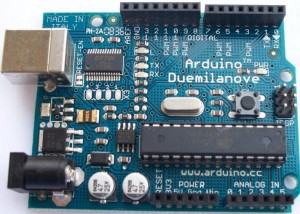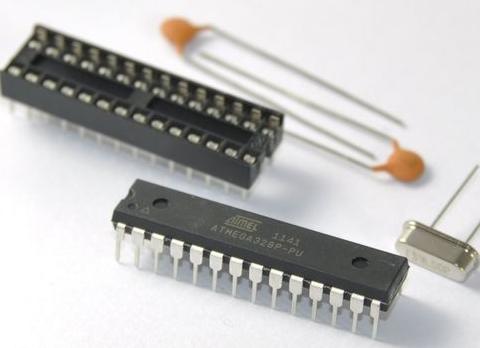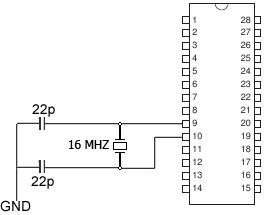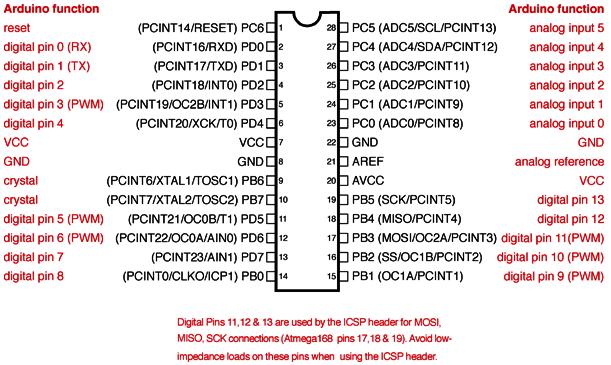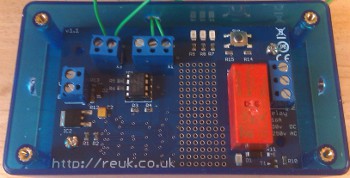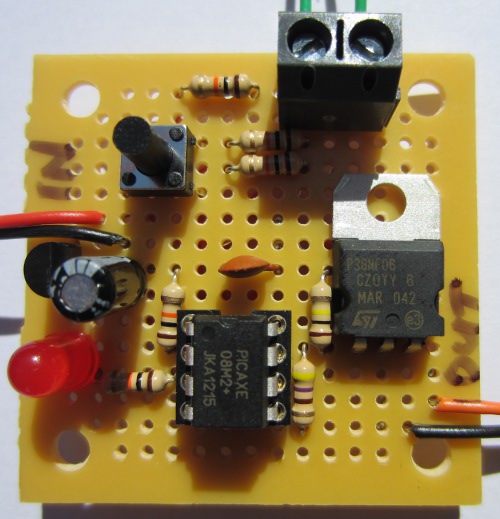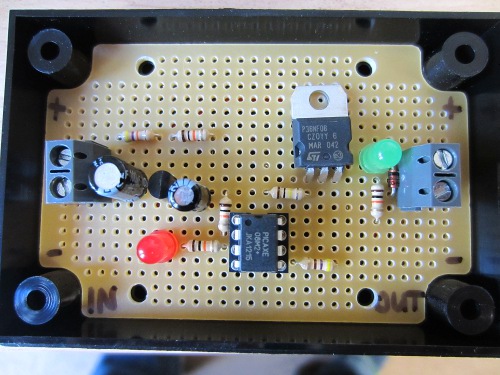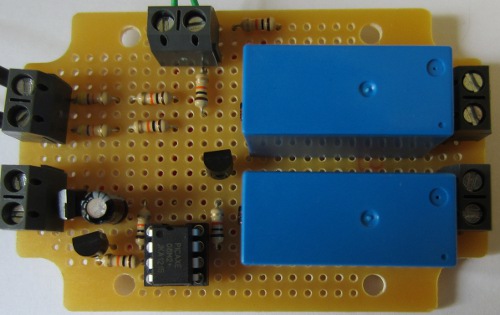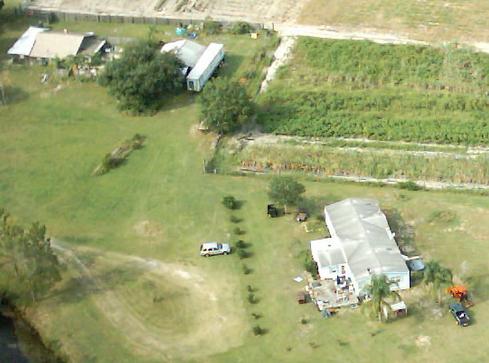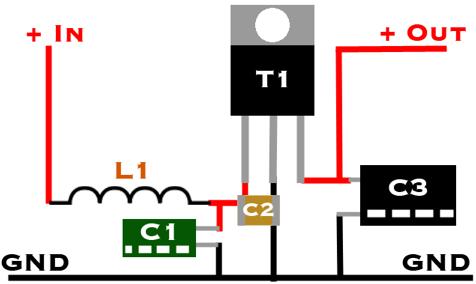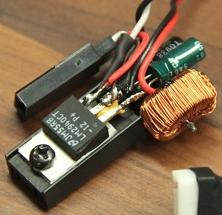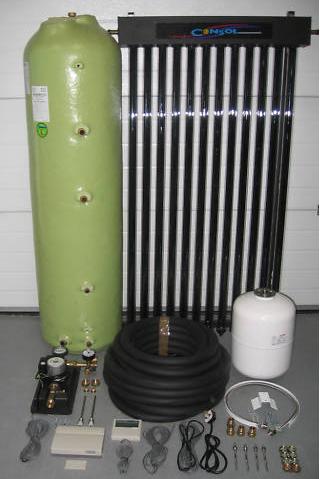Today we have been working on a new solar water heating pump controller for use with a swimming pool with a user-settable maximum water temperature. This can be used to keep hot tubs at a safe temperature, or keep a swimming pool from getting unpleasantly hot.
This new device is based around our latest 2013 Solar Water Heating Pump Controller with the new features added on.
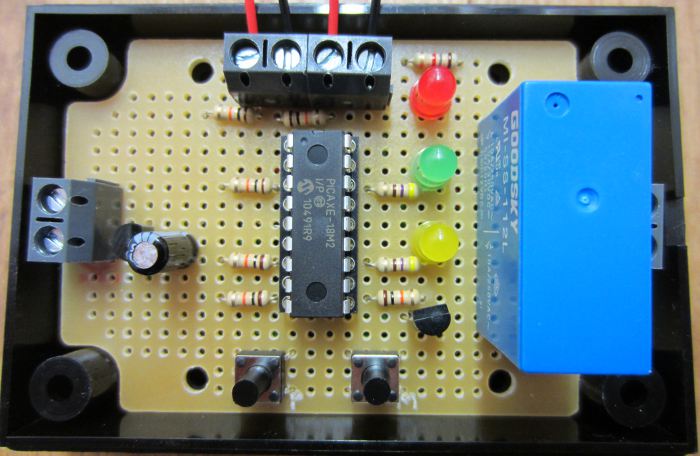 In terms of hardware we have moved from a PICAXE-08M2 to a PICAXE-18M2 for its additional input/output pins, and then just added the yellow LED and second push button.
In terms of hardware we have moved from a PICAXE-08M2 to a PICAXE-18M2 for its additional input/output pins, and then just added the yellow LED and second push button.
The operation of the controller is unchanged from the 2013 controller with the addition of the following functionality:
User can set maximum temperature the pool should reach to 1 degree accuracy from 25 degrees Celcius up.
If pool reaches the maximum temperature, the pump will turn off and not turn on again until the pool temperature has fallen by at least 2 degrees Celcius (hysteresis).
User can disable the maximum temperature feature or enable it with the push of a button.
If you need a controller of this type for your solar heated pool or hot-tub, do not hesitate to contact us via the REUK.co.uk website.

